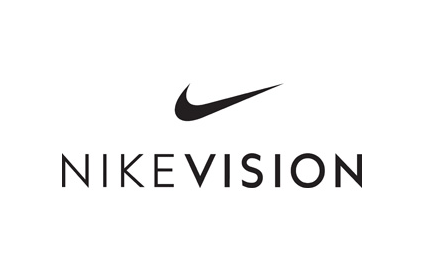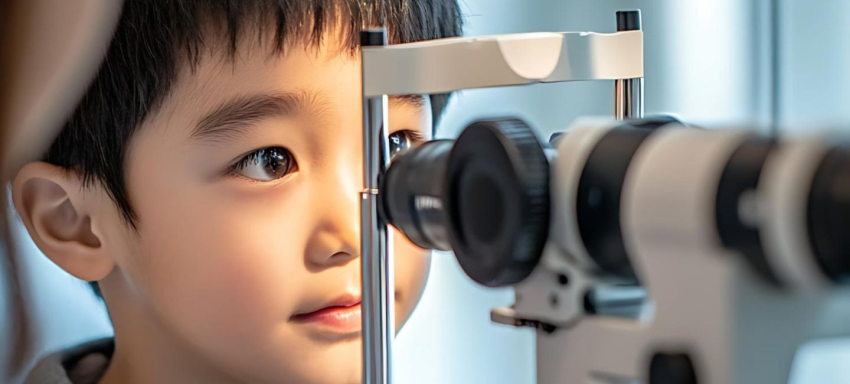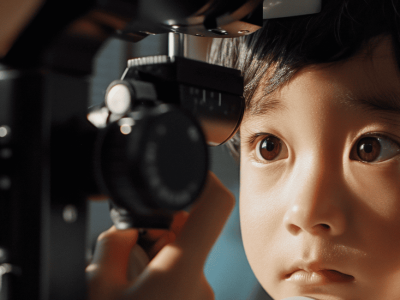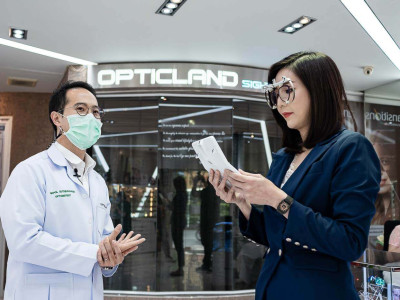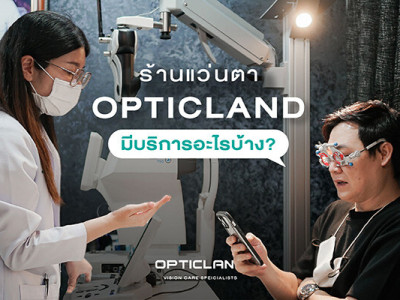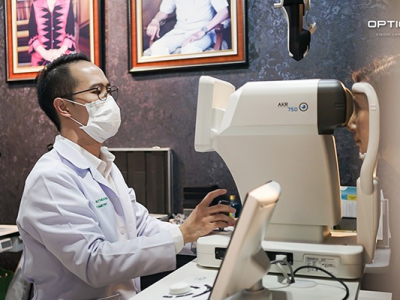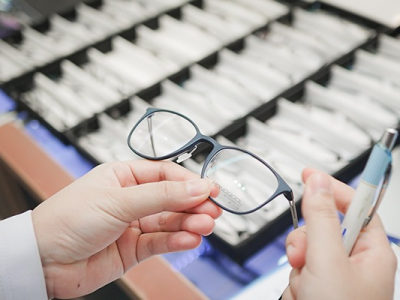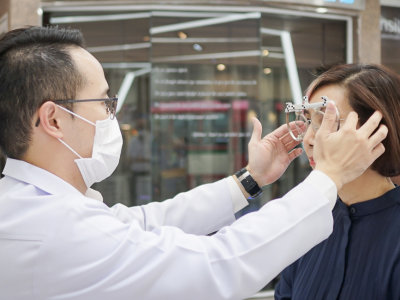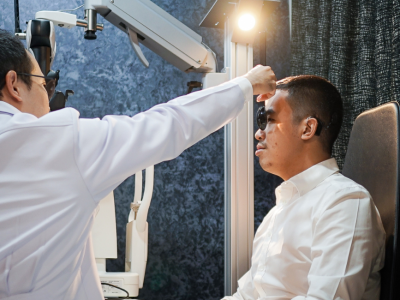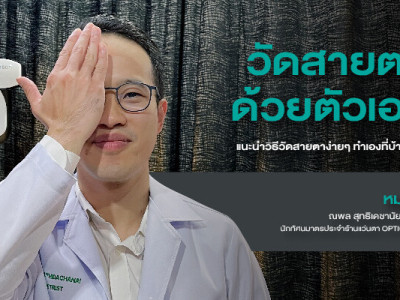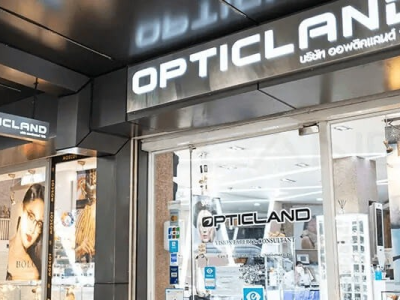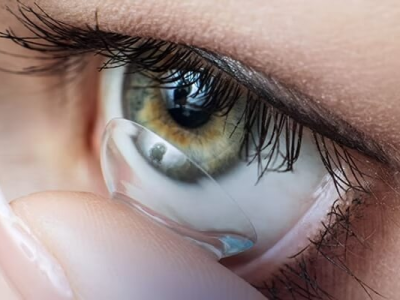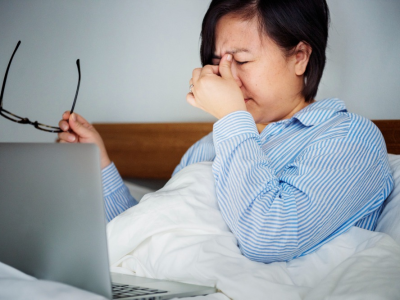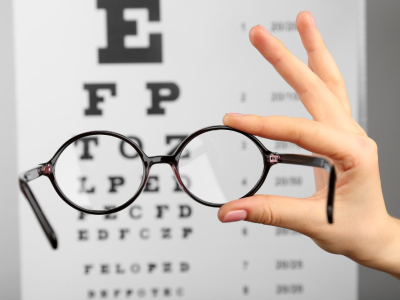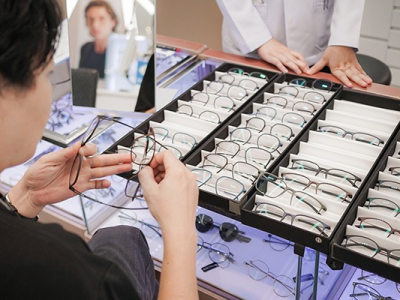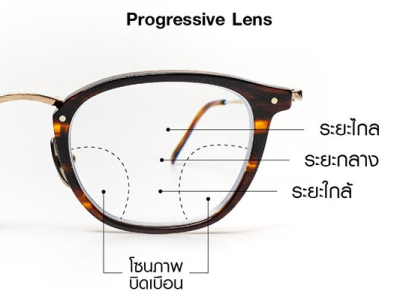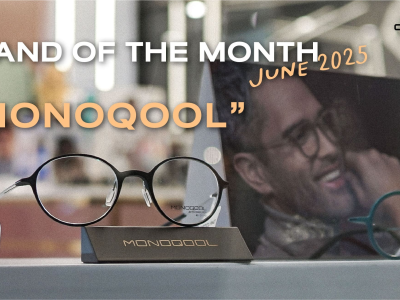Don’t Wait Eye Tests Can Prevent Pseudomyopia
In today’s digital age, screens and technology are deeply integrated into children’s daily lives. As a result, pseudomyopia or temporary nearsightedness has become an increasingly common condition that modern parents should not overlook. If left untreated, it can affect a child’s long-term visual development. That’s why early eye testsare essential they can help detect and treat the condition in time, preventing more serious issues down the road.

What Is Pseudomyopia and How Does It Affect Children?
What Is Pseudomyopia?
Pseudomyopia occurs when the eye muscles become excessively strained, causing the eye’s lens to curve abnormally. This leads to blurred distance vision that mimics true myopia. However, unlike true nearsightedness, pseudomyopia is temporary and can be corrected if treated properly.
How Is It Different from True Myopia
The main difference between pseudomyopia and true myopia lies in the cause. True myopia is a permanent condition caused by a structurally elongated eyeball or overly curved cornea, which causes light to focus in front of the retina. It usually requires glasses, contact lenses, or even surgery to correct.
Pseudomyopia, on the other hand, is caused by temporary spasms in the eye muscles. With proper care and lifestyle adjustments, it can be reversed, restoring normal vision.
Consequences of Not Treating Pseudomyopia
Without proper eye exam and treatment, the spasms in the eye muscles may persist, forcing the eyes to work harder and leading to symptoms like eye fatigue, headaches, and most importantly, an increased risk of developing permanent myopia in the future.
The Importance of Eye Tests for Young Children
Regular eye exams are especially important for young children not just to ensure clear vision, but also to support their overall development.
Early Screening Helps Detect Issues Promptly
Eye test during early childhood help detect vision problems such as pseudomyopia, true myopia, astigmatism, and lazy eye (amblyopia) at an early stage. Timely detection means that issues can be corrected before they worsen or become harder to treat.
Behavioral Adjustments Can Prevent Further Damage
If a child is found to be at risk of or already has pseudomyopia, eye care professionals may recommend lifestyle changes such as limiting screen time or improving posture while reading to help reduce eye strain and prevent the condition from worsening.
Helps Prevent Permanent Myopia in the Future
Addressing pseudomyopia early is a long-term investment in your child’s eye health. Reducing eye muscle strain and adjusting visual habits can significantly lower the risk of developing permanent myopia, which would otherwise require corrective lenses for life.
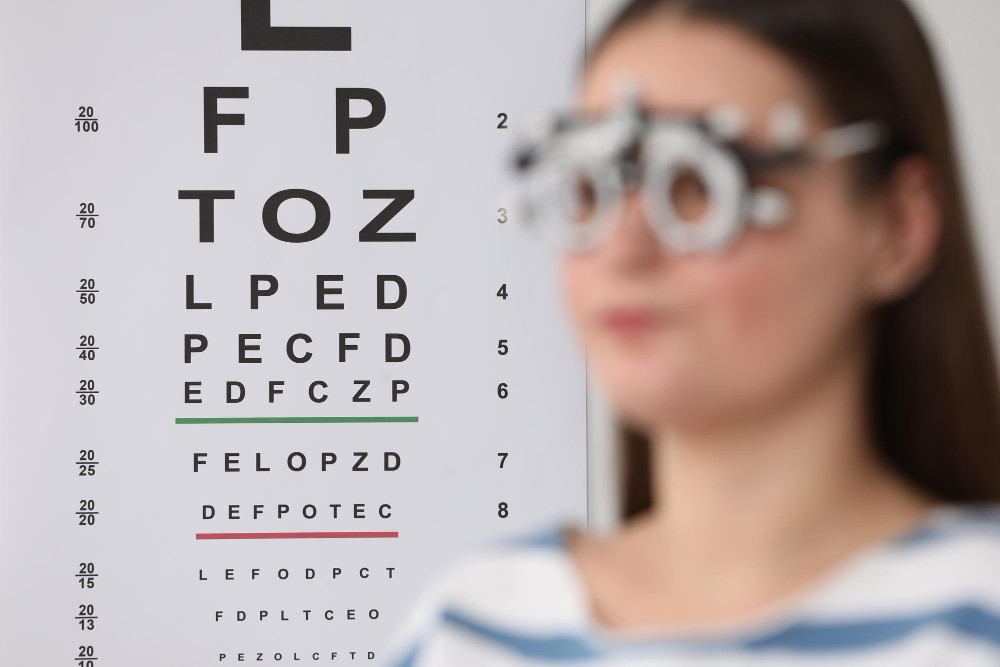
How to Care For and Prevent Pseudomyopia in Children
Here are practical ways to protect your child’s vision and prevent pseudomyopia:
Follow the 20-20-20 Rule
Teach your child the 20-20-20 rule: every 20 minutes, look at something 20 feet (6 meters) away for at least 20 seconds. This helps relax the eye muscles and reduce strain.
Limit Daily Screen Time
Set clear screen time limits:
- Children under 2 years: No screen time
- Ages 2–5: No more than 1 hour/day
- Older children: No more than 2 hours/day
Encourage Outdoor Activities
Outdoor play, such as cycling, sports, or simply walking for 1–2 hours a day, significantly reduces the risk of myopia. Natural light and distance viewing help the eye muscles stay balanced and healthy.
Ensure Proper Lighting and Posture While Studying
Make sure your child reads in a well-lit area not too dim or overly bright. Set up a study space with an appropriate desk and chair to encourage good posture. Ideally, the eyes should be about 30-40 cm away from the book.
Schedule Regular Eye Tests Every Year
Children should have an eye exam once a year, especially from preschool to early primary school years when vision is rapidly developing. Early detection helps prevent long-term visual impairment.
Conclusion
Modern parents should take eye testing seriously. Good vision is fundamental to your child’s learning and development. Regular eye exams not only help prevent pseudomyopia but also ensure that your child grows up with the best possible quality of life and learning potential.









